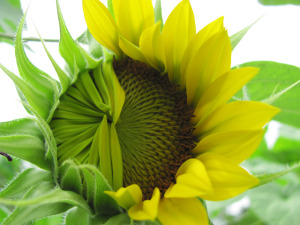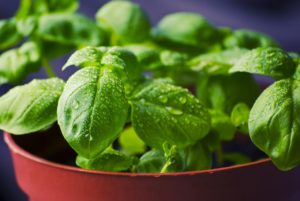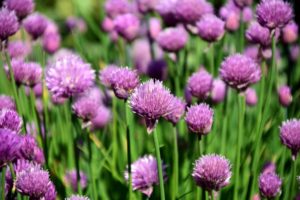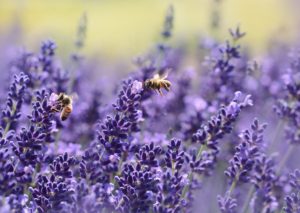Preserving Herbs in Vinegar
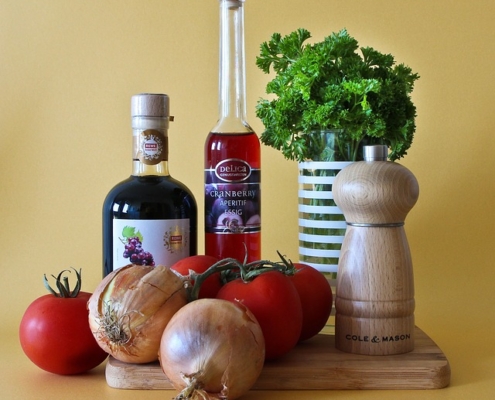
photo courtesy of Anelka / pixabay
Vinegar Infusing
By Heather Stone
Last week we talked about drying as an easy way to preserve your herb harvest. This week we are going to dive into infusing herbs in vinegar. There is lots of room for creativity when making infused vinegars. You can infuse single herbs, a combination of herbs, herbs with flowers and don’t forget fruit. The possibilities are endless.
The end product can be used in a number of ways including; salad dressings, marinades, rubs, sauces, beverages and more. Beautifully bottled vinegars also make great gifts.
- First, you will need to choose your vinegar. There are many varieties of vinegar including white, apple cider, rice, champagne and wine vinegars. Milder tasting vinegars are well suited for delicate herbs and flowers. Your more robust herbs do best in wine vinegar. Really it’s up to you and what you like best.
- Begin by sanitizing the jar or bottle you have chosen. For instructions- https://bit.ly/2nQfRng
- Wash and gently pat dry your herbs. Make sure you are using the best quality leaves and flowers, leaving behind those that are bruised, brown or have been nibbled on.
- Place three to four sprigs of fresh herbs or 3-4 tablespoons of dried herbs per pint of vinegar.
- Cover your container tightly with a non-metallic lid and place it in a cool, dark place to infuse. Allow it to steep for 2-4 weeks, giving it an occasional shake.
- Once your vinegar has reached your desired flavor, remove the herbs and place the vinegar into a sterilized jar or bottle. Don’t forget to label and date your vinegars! Stored in a cool, dark place your vinegar should last 4-5 months. Refrigerate for longer storage.
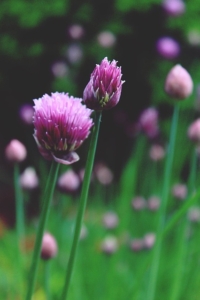
Photo courtesy of TanteTati / pixabay
Some of my favorites include:

Photo courtesy of mammela / pixabay
French tarragon in apple cider vinegar
Chive blossoms in rice vinegar- the beautiful blossoms turn the vinegar a beautiful shade of pink
Violets in white wine vinegar- this vinegar turns an amazing shade of purple
Raspberries in cider vinegar
Parsley, thyme and sage in red wine vinegar
Check out these links for more ideas for flavor combinations.
https://theherbalacademy.com/making-herbal-vinegars/
http://www.frontiercoop.com/community/how-to/herbal-vinegars
https://nchfp.uga.edu/publications/uga/uga_flavored_vinegars.pdf



